Autism and Social Communication
Understanding Autism's Impact on Interaction and Expression
Exploring Autism and Social Communication Challenges
Autism spectrum disorder (ASD) is a complex neurodevelopmental condition that poses unique challenges in communication and social interaction. Individuals with autism often face difficulties interpreting social cues and engaging in typical conversational patterns, which can affect their relationships and social engagement. This article aims to delve deeper into the communication challenges faced by autistic individuals and explore effective strategies for supporting their social communication skills.
Defining Autism's Communication Impact
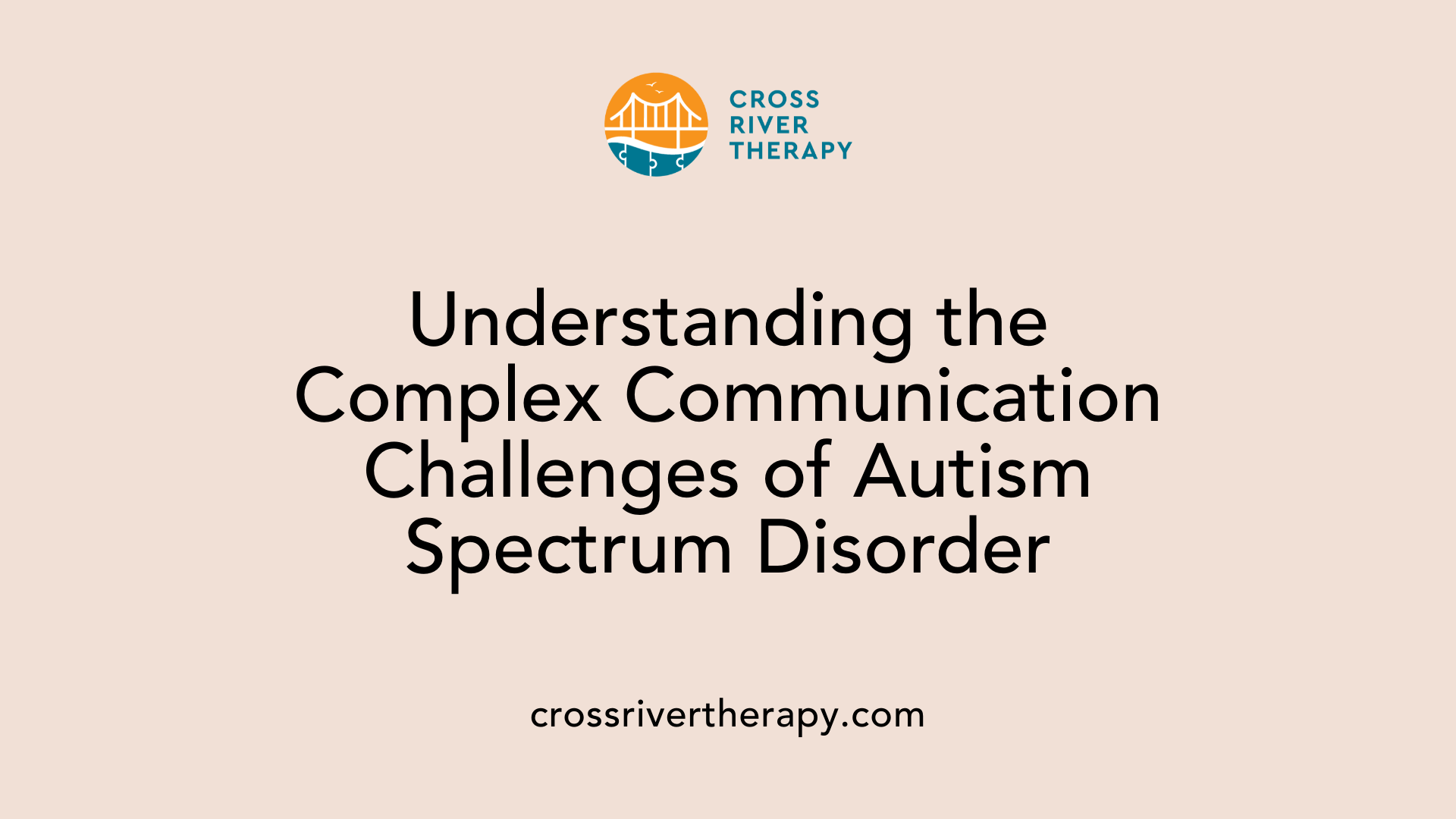
Autism Spectrum Disorder as a Developmental Disability
Autism Spectrum Disorder (ASD) is a complex developmental disability that can significantly affect an individual's ability to communicate and interact with others. It manifests in early childhood, with symptoms spanning from 12 to 18 months. This condition represents a spectrum, meaning various individuals experience differing degrees of challenges in social communication.
Typical Communication Challenges Associated with ASD
Children with ASD often face numerous communication hurdles. These may include:
- Rigid Language: Use of repetitive language which may not serve a functional purpose.
- Echolalia: The repetition of phrases or sentences heard previously, sometimes without full comprehension.
- Nonverbal Communication Issues: Challenges in interpreting or utilizing nonverbal cues like gestures, eye contact, and facial expressions essential for effective interaction.
- Uneven Language Development: Some individuals may excel in vocabulary but struggle with comprehension and social use of language.
- Perspective-Taking Difficulties: Understanding others' thoughts or feelings can be tough, leading to social faux pas.
Effects on Verbal and Non-Verbal Communication Skills
The communication challenges that arise from ASD are multifaceted and can impede both verbal and non-verbal communication skills. Many individuals exhibit poor nonverbal conversational skills, struggle with initiating and responding in social settings, and may experience significant anxiety or confusion during interactions.
To effectively support communication, techniques such as incorporating visual aids, modeling conversation skills, and practicing patience are crucial.
Overall, the interplay of these factors complicates social interactions, often leading to misunderstandings between autistic individuals and their peers.
Social Interaction Challenges for Individuals with ASD
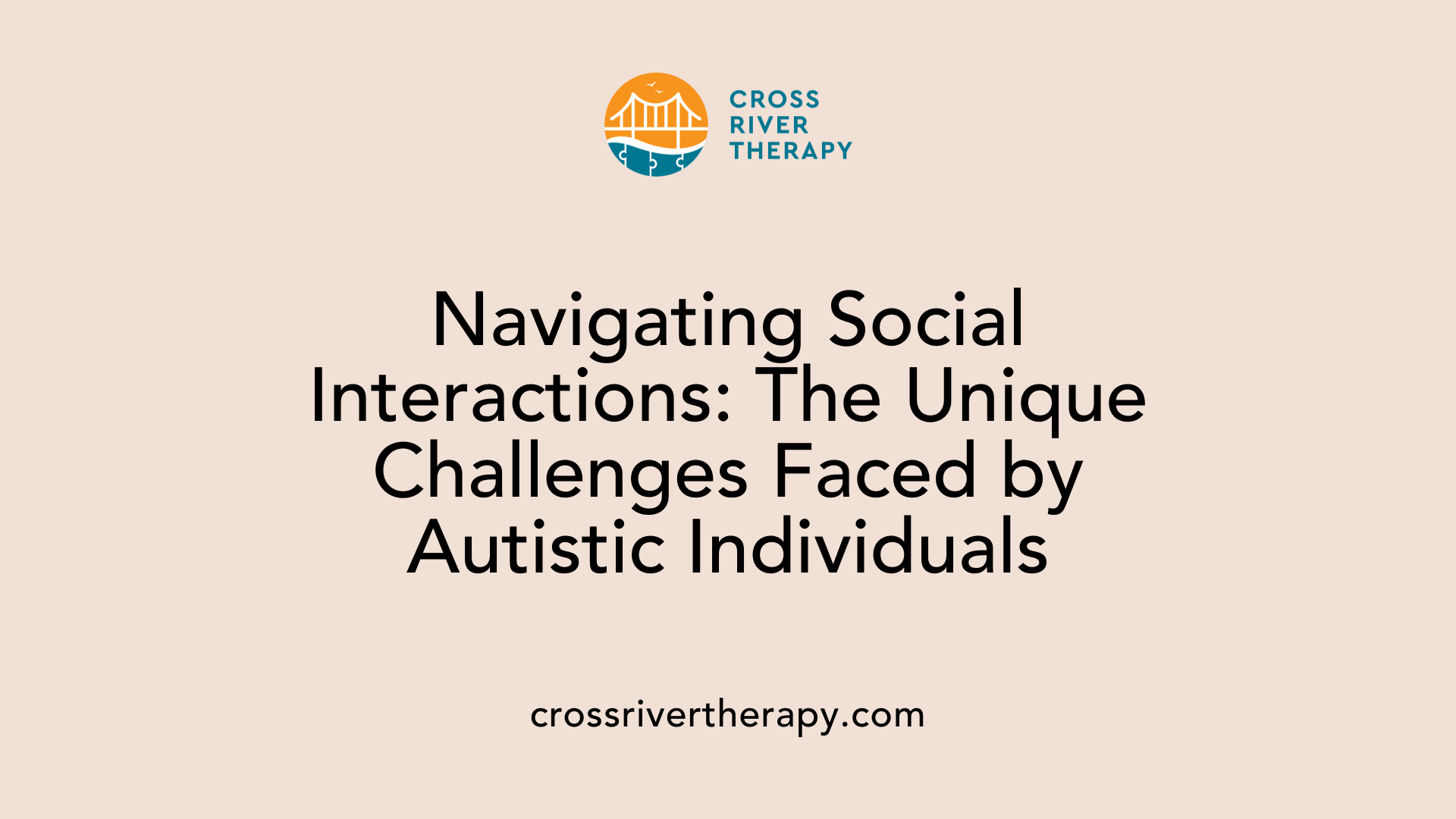
How does autism affect social interaction?
Autism significantly impacts social interaction through a pronounced disconnect, often leaving individuals struggling with social cues and engagement expectations. This can manifest in behaviors like avoiding eye contact or difficulty participating in joint attention, where shared focus on an object or activity occurs.
The concept of mindblindness—difficulty interpreting others' mental states—further complicates these interactions. Consequently, many individuals with autism face challenges in forming and maintaining relationships, which can create strains within family dynamics and social environments.
Difficulties in interpreting social cues
Individuals with autism often have difficulty understanding nonverbal signals such as facial expressions, body language, and tone of voice. This lack of awareness can lead to social faux pas and misinterpretations in conversations, like responding inappropriately to emotional cues or missing subtle prompts for engagement. The fundamental skills necessary for smooth social interactions, such as turn-taking and conversational reciprocity, can become overwhelming.
Effective interventions to improve social skills
Addressing these social interaction challenges requires tailored interventions. Strategies may include:
- Social Skills Training: Focused programs that teach individuals how to appropriately interact in various contexts, from casual conversations to more structured settings.
- Peer-Mediated Interventions: Engaging neurotypical peers to model and practice social skills, fostering inclusion and understanding.
- Therapy involving speech-language pathologists: These professionals develop targeted strategies to improve social communication skills, including understanding and using nonverbal cues effectively.
By implementing these interventions, individuals with autism can enhance their social competencies, facilitating better engagement and reducing the isolation frequently experienced in social settings.
Essential Social Communication Skills in Autism
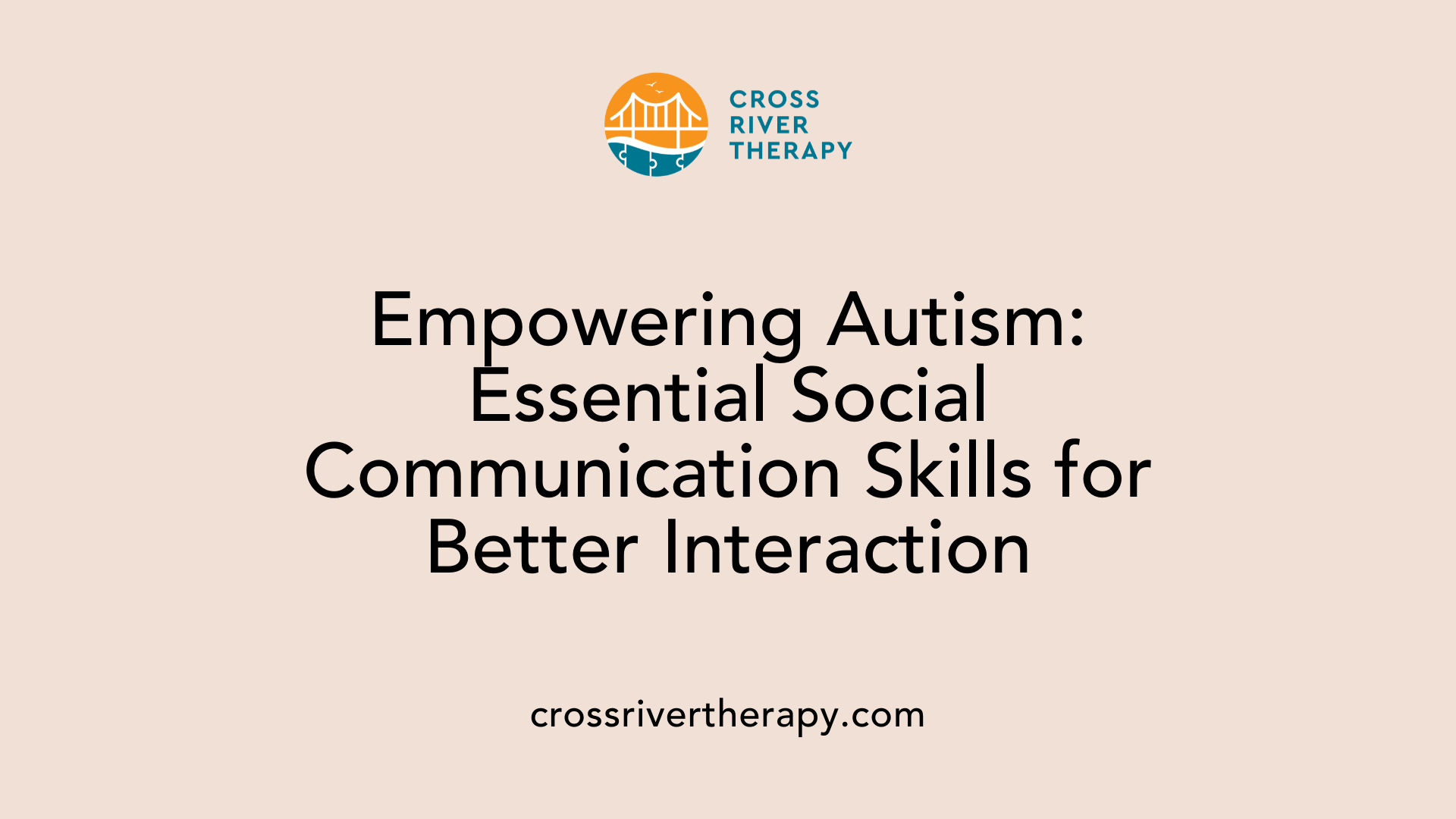
What are social communication skills for autism?
Social communication skills for autism spectrum disorder (ASD) encompass a range of abilities that facilitate effective interaction and communication. These skills include:
- Using Eye Contact: Essential for indicating engagement and understanding.
- Gestures and Body Movements: Helps express feelings and messages non-verbally.
- Vocalizations: Involves not just speech but also tone and modulation.
- Two-Way Conversations: Vital for reciprocal communication, where each participant contributes.
Children with ASD may face challenges in language development, including patterns like echolalia—repeating phrases or sentences they may not fully grasp. They often struggle to interpret both verbal and non-verbal cues, which can hinder social interactions.
Role of speech-language pathologists in skill development
Speech-language pathologists (SLPs) are crucial in the development of communication skills for children with ASD. They assess the child's communication abilities and create customized treatment plans that often include:
- Tailored Interventions: Programs designed to meet specific needs based on the child's strengths.
- Family Involvement: Engaging family members to create a supportive environment and facilitate practice.
- Visual Supports: Tools such as charts and pictures to enhance understanding and expression.
Importance of early intervention
Early intervention is vital for improving communication outcomes in children with ASD. Research shows that the earlier the support is offered, the better the chance of developing essential social communication skills. Strategies can include:
- Structured Learning: Engaging in structured play and social skills groups.
- Consistent Practice: Regularly practicing skills in varied settings to promote generalization.
- Targeting Functional Communication: Focusing on practical communicative needs helps children navigate everyday interactions effectively.
Enhancing social communication skills in autism not only aids in developing friendships and social connections but also promotes emotional understanding and confidence in social contexts.
Deciphering Communication Differences in Autism
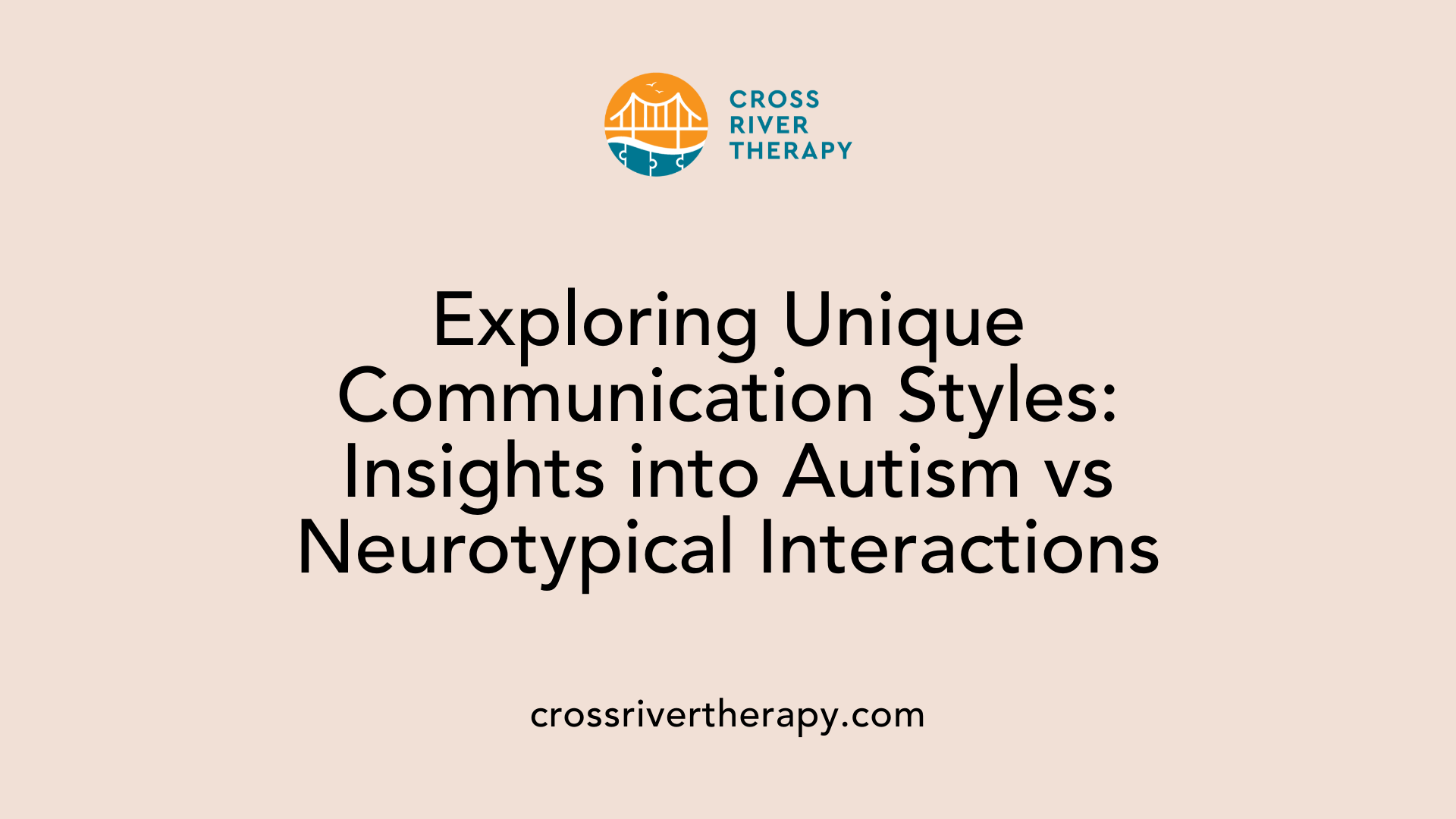
Unique Communication Styles of Autistic Individuals
Autistic individuals often possess unique communication styles that differ significantly from their neurotypical peers. These differences include a tendency towards directness in conversation, where they prefer clarity over implied meanings. This can sometimes be misinterpreted as a lack of engagement or interest in the conversation.
They may exhibit a focus on factual information, prioritizing honesty and depth over social niceties, which can come across as brusque to those who expect more contextual or emotional interactions.
Differences from Neurotypical Communication
The disparities between autistic and neurotypical communication are often evident in social interactions. For example, while neurotypical individuals might enjoy small talk, many autistic individuals find it challenging and prefer discussing their interests in detail, sometimes referred to as "info dumping." This can lead to misunderstandings, where social expectations clash with direct communication styles.
Additionally, many autistic individuals struggle with interpreting and using nonverbal cues, such as body language and facial expressions, which are crucial for engagement with neurotypical peers.
Impact of Sensory Sensitivities on Communication
Sensory sensitivities play a vital role in how autistic individuals communicate. Noisy or chaotic environments can overwhelm them, reducing their ability to focus on conversations or social interactions. For many, structured settings provide a more comfortable atmosphere for communication, allowing them to express themselves without competing sensory distractions.
Recognizing these distinct patterns and the impact of sensory experiences fosters better understanding and support for autistic individuals in their social engagements.
| Aspect | Autistic Communication Style | Neurotypical Communication Style |
|---|---|---|
| Preference | Direct and factual | Implicit meanings and nuanced discussions |
| Engagement | May avoid small talk or indirectly supportive discussions | Enjoy small talk and emotional exchanges |
| Nonverbal Cues Usage | Difficulty interpreting body language | Rely heavily on nonverbal cues for engagement |
| Sensory Sensitivities | Impacted by environmental stimuli | Generally adaptable to various environments |
Communication Challenges Across the Autism Spectrum
What are examples of autism communication difficulties in adults and children?
Individuals with autism spectrum disorder (ASD) face various communication challenges, both verbal and non-verbal. Children and adults may struggle with initiating and responding to social interactions, which often leads to misunderstandings in conversations. For instance, autistic individuals may find it difficult to interpret social cues or perspective-taking, causing confusion during interactions.
Examples of Communication Difficulties
Some specific examples of communication difficulties include:
- Conversational Turn-Taking: Many individuals with autism experience challenges with properly taking turns in conversation. This can result in one-sided discussions focused heavily on their interests rather than engaging in reciprocal dialogue.
- Non-Verbal Communication: Autistic people might find it hard to maintain eye contact or understand body language. This gap can create frustration and lead to misinterpretations of their attentiveness or emotions.
- Echolalia: Echolalia, where individuals repeat phrases or sentences, is a common characteristic. This may happen without fully understanding the context, revealing a unique communication style.
Use of Non-Verbal and Alternative Communication Methods
For those with significant communication challenges, alternative communication methods can be beneficial. Augmentative and Alternative Communication (AAC) devices, such as picture exchange systems and sign language, offer valuable tools for expressing needs and emotions. Targeted support often encourages the use of these methods to enhance communication effectiveness and facilitate social engagement.
By addressing these communication challenges with a variety of strategies, including AAC and behavioral interventions, both children and adults with ASD can improve their interactions and build meaningful connections.
Variances in Communication: High-Functioning Autism vs Other Forms
Are there differences in communication difficulties between high-functioning autism and other forms of autism?
Yes, there are notable differences in communication difficulties between high-functioning autism and other forms of autism.
Individuals with high-functioning autism often possess a robust vocabulary, but they may struggle with aspects such as figurative language, non-verbal cues, and social reciprocity. This can hinder effective interactions and lead to misunderstandings. For instance, many individuals interpret language literally, creating challenges with humor, sarcasm, and idiomatic expressions.
Despite typically having above-average intellectual abilities, those with high-functioning autism experience difficulties in grasping social nuances. Managing conversational dynamics can also pose a challenge, ultimately affecting their relationships.
Structured communication strategies
Implementing structured communication strategies can significantly alleviate some of these challenges. Some effective strategies include:
- Direct Communication: Encouraging the use of clear and concise language helps avoid confusion.
- Visual Supports: Utilizing visual aids can enhance understanding of abstract concepts and improve engagement in conversations.
- Role-Playing: Practicing social scenarios through role-play can help individuals navigate conversational dynamics successfully.
By focusing on these structured approaches, individuals with high-functioning autism can receive better support tailored to their unique communication needs.
Supporting Communication Development with Technology and Therapies
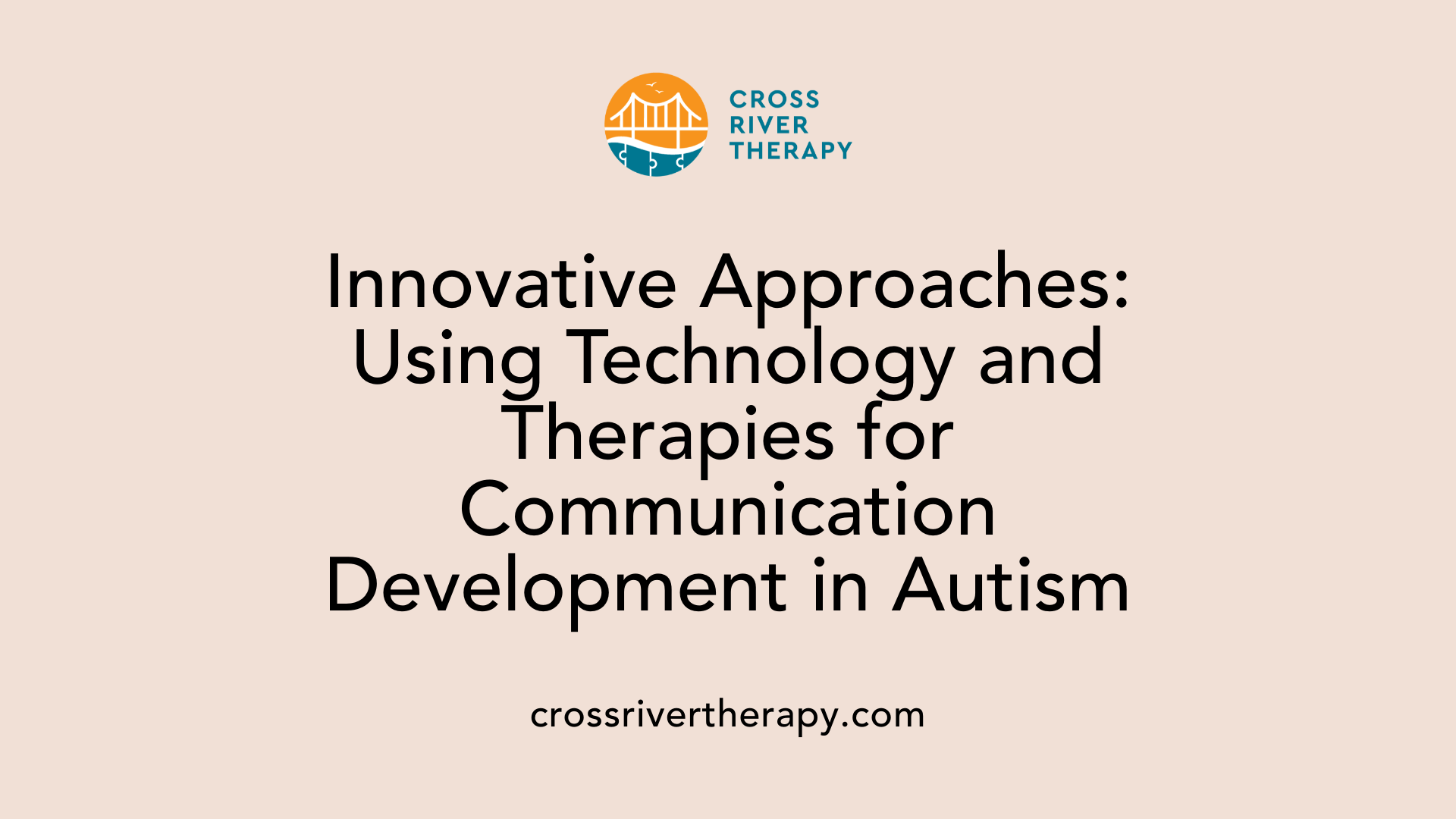
Role of technology in aiding communication
Advancements in technology have dramatically transformed the communication landscape for individuals with autism spectrum disorder (ASD). Tools such as Augmentative and Alternative Communication (AAC) devices and apps provide vital support for those facing difficulties with speech. These devices can include picture exchange systems and device-based speech-generating applications, enabling effective expression of needs and emotions.
Importance of family involvement in therapies
Family involvement is crucial in therapy processes. Engaging family members not only enhances the effectiveness of interventions but also ensures that skills learned are practiced and reinforced in everyday settings. Therapists often create tailored programs involving parents and siblings to foster a supportive communication environment, paving the way for helpful routines at home.
Advancements in speech-language interventions
Recent research continues to yield promising developments in speech-language therapy for children with ASD. Innovative methods focus on improving social communication skills by addressing pragmatics, turn-taking in conversations, and the use of nonverbal cues. Speech-language pathologists are now utilizing personalized teaching stories and visual aids to make social scenarios clearer. This holistic approach provides a robust framework for building communication skills and fostering independence in social interactions.
Distinguishing Autism from Social Communication Disorder
Characteristics of Social Communication Disorder (SCD)
Social Communication Disorder (SCD) is characterized by persistent difficulties in using verbal and nonverbal language for social purposes. Individuals with SCD often struggle with understanding and employing conversational norms, which can significantly affect their social interactions and relationships. Unlike those with Autism Spectrum Disorder (ASD), individuals with SCD typically do not exhibit repetitive behaviors or intense fixations but instead manifest challenges in pragmatic usage of language.
Key differences from autism
While both conditions involve social communication challenges, ASD includes additional symptoms like restrictive or repetitive behaviors, and a broader range of social-cognitive problems. SCD primarily deals with difficulties in the social use of language, assessing social cues, and engaging in reciprocal conversations without the accompanying behavioral characteristics seen in ASD.
Assessment and treatment strategies
To diagnose SCD, professionals conduct evaluations that rule out autism, often with the assistance of speech-language pathologists. Treatment strategies may focus on developing pragmatic language skills through targeted speech-language therapy, emphasizing conversation abilities, non-verbal cues, and social understanding. Approaches such as peer-mediated interventions and tailored communication techniques can also be beneficial in enhancing social skills.
Towards Enhanced Understanding and Support
Understanding the intricacies of autism and social communication is vital in fostering an inclusive environment that supports the varied communication and social needs of autistic individuals. With targeted interventions, empathy, and technology, we can bridge the communication divides and support those on the autism spectrum in leading fulfilling social lives. By appreciating their unique perspectives and adapting communication strategies, we can enhance social inclusion and improve life quality for autistic individuals and their communities.
References
- Autism Spectrum Disorder: Communication Problems in Children
- Social communication in autism, explained | The Transmitter
- Understanding and developing communication
- Social difficulties in autism spectrum disorder | KU SOE
- Social skills and autism | Autism Speaks
- Social Communication and Language Characteristics Associated ...
- Social Communication and Children on the Autism Spectrum



